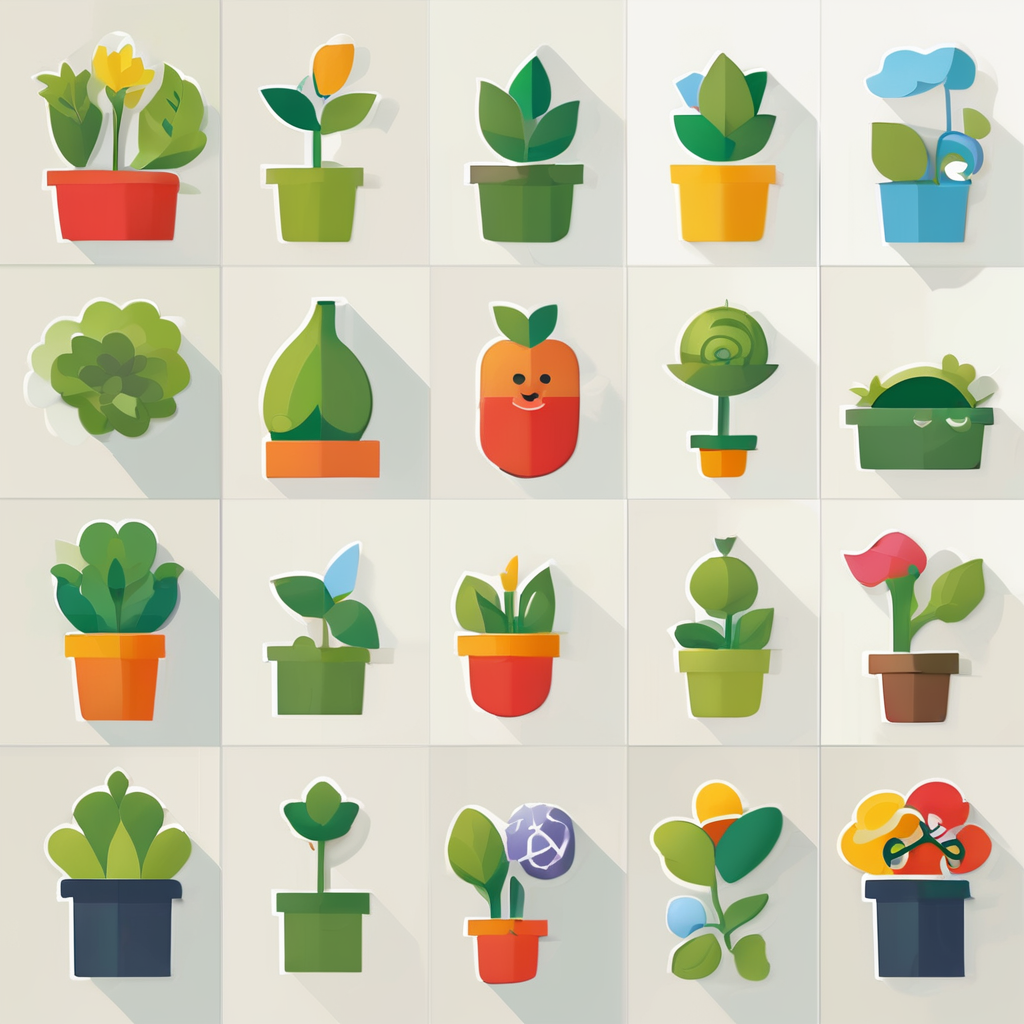In recent years, houseplants have become a cornerstone of interior design, offering not just aesthetic appeal but also benefits such as improved air quality and psychological well-being. As we edge closer to 2025, the trend shows no signs of waning. Whether you’re a novice or a seasoned plant enthusiast, selecting and maintaining the right houseplants can seem daunting. This guide aims to steer you through the best practices for choosing and nurturing your green companions, ensuring vibrant and thriving home environments.
Choosing the Right Houseplants
Finding the ideal houseplant involves more than just picking what catches your eye. It requires an understanding of both your living space and the plants’ specific needs. Various factors such as light conditions, humidity levels, and personal commitment should guide your decision.
In the same genre : What are some cost-effective ways to upgrade my bathroom?
Consider Your Environment
The first step involves assessing your home’s environment. Observe how much natural light your space receives throughout the day. South-facing windows bask in sunlight and are perfect for sun-loving species like succulents and cacti. Conversely, rooms with limited light might require shade-tolerant varieties such as snake plants or philodendrons.
Understand Plant Care Requirements
Houseplants come with diverse care instructions. Some, like the peace lily, thrive on low maintenance, while others, such as fiddle leaf figs, demand more attention and expertise. Matching plants to your lifestyle ensures both your satisfaction and the plant’s health.
Topic to read : How can I create a multifunctional space that serves as both a living area and a workspace?
Determine Your Aesthetic Preferences
Your plant should complement your interior decor. Consider leaf shapes, sizes, and colors. While some prefer the timeless elegance of orchids, others might be drawn to the exotic allure of bonsai trees.
Consult with Experts
Before making a purchase, consult with local nurseries or gardening experts. They offer invaluable insights into suitable choices based on regional climate conditions and can recommend plants that are naturally pest-resistant, reducing the need for chemical interventions.
Essential Care Tips for Thriving Houseplants
Once you’ve selected your houseplants, the focus shifts to ensuring they remain healthy and vibrant. Proper care involves a delicate balance of watering, feeding, and understanding their growth cycles.
Water Wisely
The most common mistake is overwatering. Different plants have varying water needs, and it’s essential to understand these nuances. Always use pots with drainage holes to prevent root rot. Test soil moisture by sticking your finger an inch deep; if it feels dry, it’s time to water.
Feeding and Fertilization
Regular feeding is crucial, especially during the growing season (spring and summer). Use a balanced liquid fertilizer tailored to your plant type. Avoid fertilizing in winter, as most plants enter a dormant phase, requiring minimal nutrients.
Prune for Health
Regular pruning helps in maintaining a plant’s shape and removing dead or diseased foliage. This practice encourages new growth and prevents pests from taking hold. Use clean, sharp tools to make precise cuts.
Monitor for Pests
Keep an eye out for common pests like aphids, spider mites, and scale insects. Regularly inspect leaves, and if pests are found, treat with insecticidal soap or homemade remedies such as neem oil. Early detection is key to preventing infestations.
Creating the Right Environment for Indoor Plants
Ensuring your houseplants thrive means more than just regular watering and feeding. Setting up an environment that mimics their natural habitat is crucial for sustainability and growth.
Light Exposure
Proper light exposure is paramount. Rotate plants every few weeks to promote even growth and prevent leaning. If natural light is insufficient, consider supplementing with LED grow lights, which provide a suitable spectrum for photosynthesis.
Humidity Levels
Indoor air can be quite dry, especially during the winter months. Most tropical plants prefer humidity levels between 40-60%. To achieve this, consider using a humidifier or placing plants on trays filled with pebbles and water.
Temperature Stability
Houseplants are sensitive to temperature fluctuations. Keep them away from drafts, heating vents, and cold windows. Maintain a consistent temperature, ideally between 60-75°F (15-24°C), to keep plants comfortable.
Potting and Repotting
Select pots that allow for adequate root growth. Repotting every 1-2 years ensures that the plant has ample space and fresh soil-nutrients to thrive. Signs that a plant needs repotting include roots growing out of drainage holes and stunted growth.
The Psychological Benefits of Houseplants
Houseplants do more than enhance the aesthetic quality of your home; they offer significant psychological benefits. The presence of greenery has been linked to improved concentration, a sense of calmness, and heightened creativity.
Boosting Mood and Reducing Stress
Interacting with plants has been shown to reduce stress and anxiety levels. The act of caring for a plant can foster a sense of purpose and accomplishment, providing an emotional uplift during challenging times.
Improving Air Quality
Plants naturally filter indoor air by absorbing toxins like benzene, formaldehyde, and trichloroethylene. This process not only purifies your environment but contributes to a healthier living space, which positively affects mental well-being.
Encouraging Mindful Living
Houseplants require care and attention, encouraging mindfulness and patience. This routine offers a break from the digital world, allowing you to reconnect with nature and yourself.
Enhancing Focus and Creativity
Studies suggest that the presence of plants can boost cognitive function, making them ideal companions for home offices and study areas. The natural aesthetics of greenery stimulate creativity and enhance overall productivity.
Houseplants are more than decorative elements; they are living organisms that enrich our daily lives. By choosing the right plants, providing them with proper care, and setting up an optimal environment, you embark on a journey that transforms your home into a sanctuary of well-being and vitality. As you delve deeper into the world of plant care, remember that your efforts contribute to a more serene and healthy lifestyle, echoing the innate human desire to connect with nature. So, let your indoor garden flourish as a testament to your commitment to cultivating beauty and harmony in every corner of your home.













